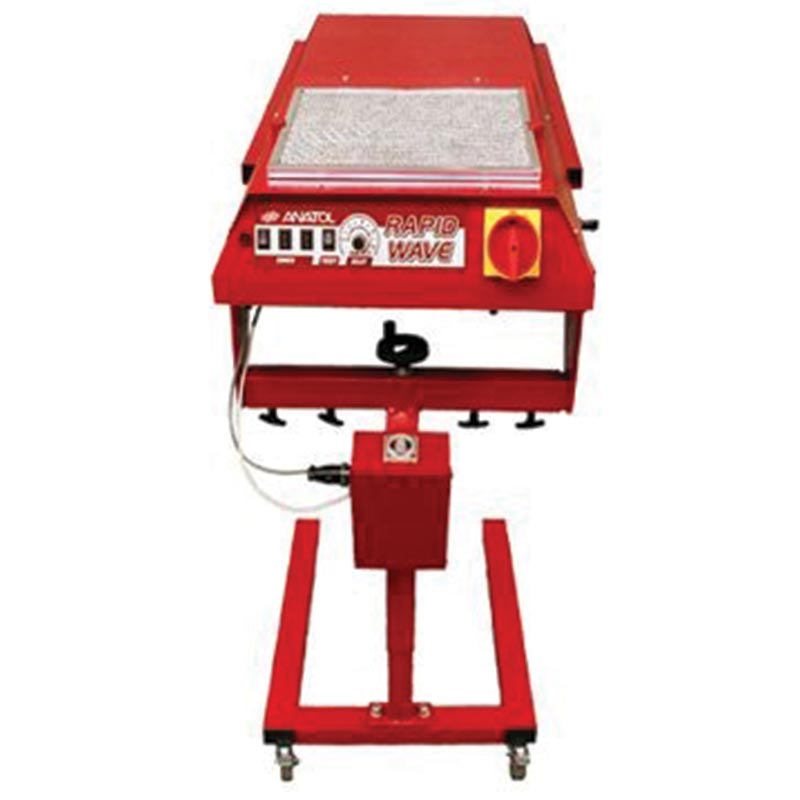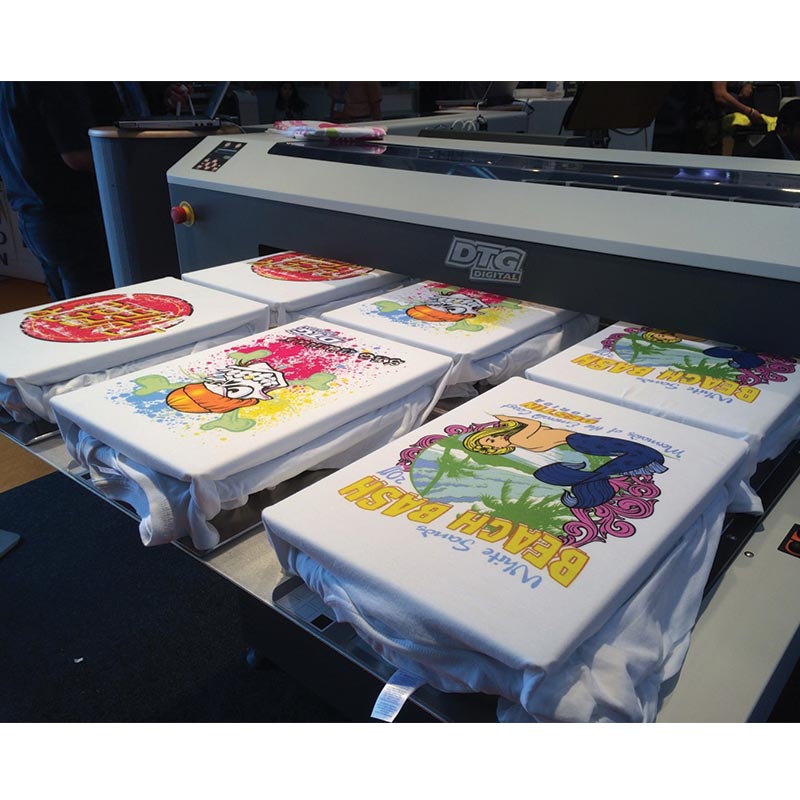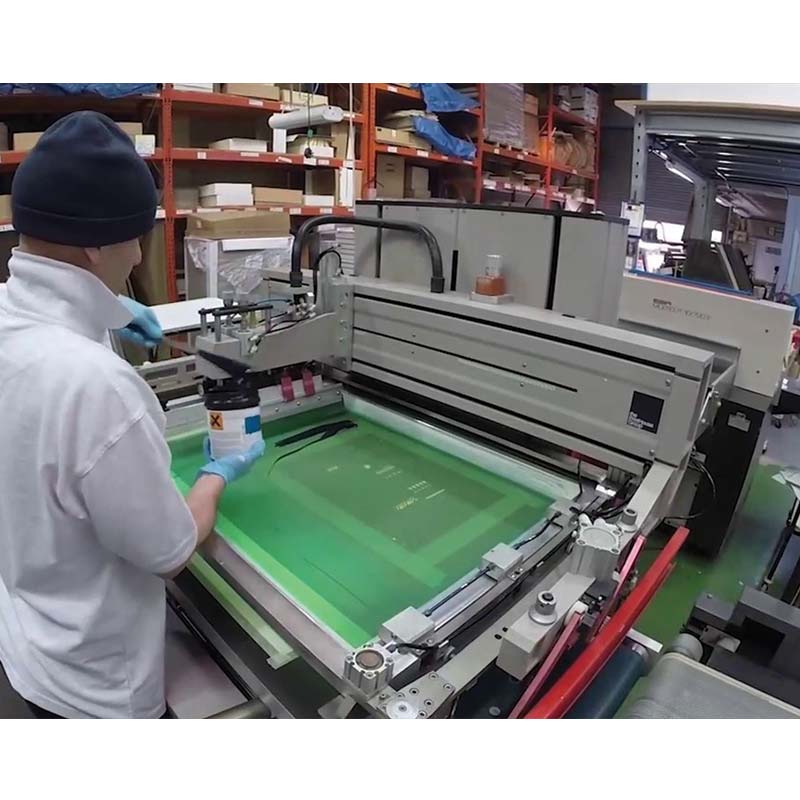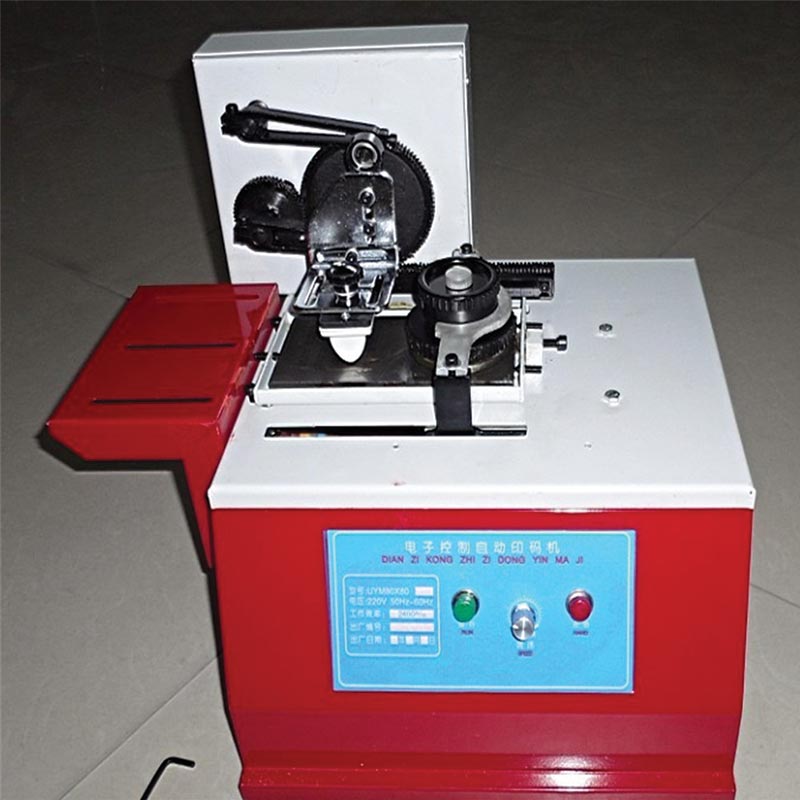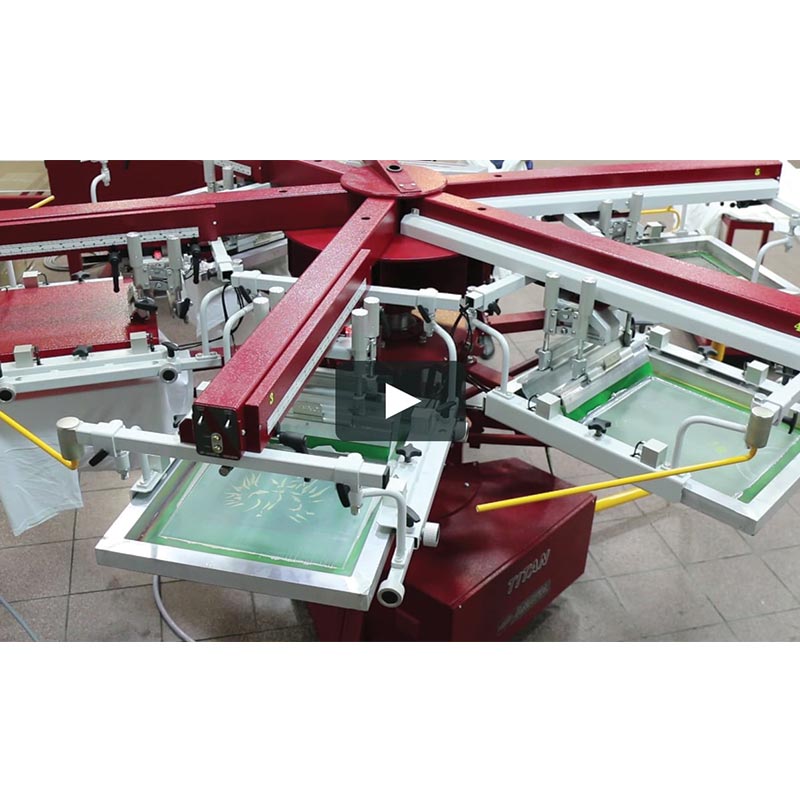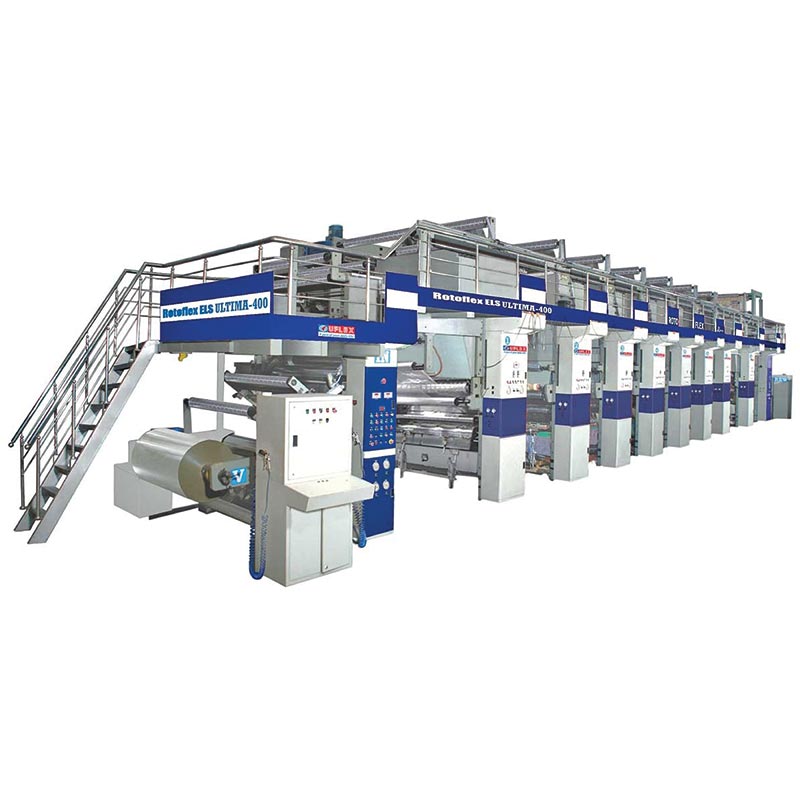
Gravure Printing Machine
Gravure printing—also known as rotogravure printing—is primarily a long-run, high-speed, high-quality printing method. Like engraving, gravure is a form of intaglio printing that produces fine, detailed images. It can be used for CMYK printing where each color of ink is applied by its own cylinder and with drying steps in between.
Like flexography, gravure printing is often used for high-volume printing of packaging, wallpaper and gift wrap. Although less common, gravure printing may also be used for printing magazines, greeting cards, and high-volume advertising pieces.
How Gravure Works
In gravure printing, an image is acid-etched on the surface of a metal cylinder—one cylinder for each color—in a pattern of cells. The cells are recessed into the cylinder, unlike relief printing or letterpress where the printing image is raised or like offset printing, in which the image is level with the plate.
The cylinder is etched with cells of different depths. These cells hold the ink that is transferred to the substrate. The dimensions of the cells must be precise because the deeper cells produce more intensive color than shallow cells.
The cells are filled with ink, and the non-printing portions of the plate or cylinder are wiped or scraped free of ink. Then paper or another substrate is pressed against the inked cylinder on a rotary press, and the image is transferred directly to the paper, unlike in offset printing, which uses an interim cylinder. The engraved cylinder sits partially immersed in the ink fountain, where it picks up ink to fill its recessed cells on each rotation of the press.

